Japanese Experts: Effort is in danger of failing… and reactors too hot to cover in concrete — TEPCO admits there is no end in sight Found it on Rense.
Excerpts taken from sourced material from CNN:
Satoshi Sato, a Japanese nuclear industry consultant, called the current line of attack a “waste of effort.” Plant instruments are likely damaged and unreliable because of the intense heat that was generated, and pumping more water into the reactors is only making the contamination problem worse, he said.
“There is no happy end with their approach,” Sato told CNN. “They must change the approach. That’s something I’m sure of 100 percent.”
After the 1986 Chernobyl accident, the world’s worst to date, the Soviet Union encased the plant’s damaged reactor in a massive concrete sarcophagus. Iida said Fukushima Daiichi’s reactors remain too hot to pour concrete, but he suggested pouring a slurry of minerals and sand over them to carry away heat before encasing them.
TEPCO uses unmanned equipment to remove rubble NHK via Rense.
Tokyo Electric Power Company has begun using unmanned heavy equipment to remove radioactive rubble at the tsunami-hit Fukushima Daiichi nuclear plant.
Hydrogen explosions blew off the ceilings and walls of the Number One and Number Three reactor buildings. The debris is emitting hundreds of millisieverts of radiation per hour in some places, hindering the restoration work.
Operators are using cameras attached to the equipment as well as 6 fixed cameras at the site to carry out the work from hundreds of meters away.
Planting marijuana in Fukushima could help eliminate radiation Thread from Godlike Productions. Is there anything Weed can't do?
Japan marks one month since quake From Al Jazeera. Excerpts:
The country is still struggling to calculate the losses from the 9.0 magnitude quake on March 11. Over 13,000 people are confirmed dead and 14,000 more are still missing, while more than 150,000 remain homeless in emergency shelters. Key infrastructure in several towns is battered, and it seems that reconstruction can be months, if not years, away.
In addition to flattening communities along hundreds of kilometres of coastline, the government has estimated the cost of the damage at up to $310bn.
And:
Engineers at the damaged plant north of Tokyo said on Sunday they were no closer to restoring the plant's cooling system, which is critical if overheated fuel rods are to be cooled and the six reactors brought under control.
They are hoping to stop pumping radioactive water into the ocean on Monday, days later than planned.
Four weeks after the worst nuclear crisis since Chernobyl, a quarter of a century ago, the government was moving to extend a 20km evacuation zone due to high levels of radiation, the Asahi newspaper reported.
The Japanese government has so far refused to widen the zone, despite being urged to do so by the International Atomic Energy Agency and countries like the United States and Australia. The IAEA and the two countries advised citizens to stay 80km away from the plant.
The Asahi newspaper said the government would extend the zone to 30km in certain areas, depending on wind direction, and residents would be given a week to prepare for evacuation.
TEPCO boss visits nuclear disaster zone to say sorry This really isn't enough. The protocol of "Going down with the ship" needs to return to practice. Put the TEPCO executives in the Exclusion Zone for the duration of the disaster. If that were to happen, we'd see some world class ass bustin' when it comes to fast and thorough disaster response...
Minister defends Japan’s crisis response
A top government official defended Japan’s response to the humanitarian and nuclear crises set off by last month’s natural disasters, saying yesterday that the scale of the earthquake and tsunami that killed thousands and damaged a nuclear power station far surpassed what specialists had planned for. ("Nobody told us it was gonna be that big! What do our Safety Experts know?")
Responses to disasters are rarely perfect, said Yukio Edano, the chief Cabinet secretary. But given the enormity of the catastrophe, which included the largest earthquake ever recorded in Japan and a historic tsunami, the government has done all that it could, he said.
“I believe we have selected the best option every time’’ a new decision had to be made, he said in an interview with several foreign news outlets.
Edano said the Fukushima Daiichi Nuclear Power Station is “a stable situation, relatively speaking,’’ but that much work remains before the damaged reactors, which are emitting high levels of radioactivity, are fully under control.
Japan continues grim search for the dead in earthquake, tsunami ruins [PHOTOS]
With thousands of bodies yet to be found, Japanese troops on Sunday launched a new search. 22,000 Japanese troops were also joined by 100 US troops in the search in the Iwate, Miyagi and Fukushima prefectures, CNN reported.
Excerpts taken from sourced material from CNN:
Satoshi Sato, a Japanese nuclear industry consultant, called the current line of attack a “waste of effort.” Plant instruments are likely damaged and unreliable because of the intense heat that was generated, and pumping more water into the reactors is only making the contamination problem worse, he said.
“There is no happy end with their approach,” Sato told CNN. “They must change the approach. That’s something I’m sure of 100 percent.”
After the 1986 Chernobyl accident, the world’s worst to date, the Soviet Union encased the plant’s damaged reactor in a massive concrete sarcophagus. Iida said Fukushima Daiichi’s reactors remain too hot to pour concrete, but he suggested pouring a slurry of minerals and sand over them to carry away heat before encasing them.
TEPCO uses unmanned equipment to remove rubble NHK via Rense.
Tokyo Electric Power Company has begun using unmanned heavy equipment to remove radioactive rubble at the tsunami-hit Fukushima Daiichi nuclear plant.
Hydrogen explosions blew off the ceilings and walls of the Number One and Number Three reactor buildings. The debris is emitting hundreds of millisieverts of radiation per hour in some places, hindering the restoration work.
Operators are using cameras attached to the equipment as well as 6 fixed cameras at the site to carry out the work from hundreds of meters away.
Planting marijuana in Fukushima could help eliminate radiation Thread from Godlike Productions. Is there anything Weed can't do?
Japan marks one month since quake From Al Jazeera. Excerpts:
The country is still struggling to calculate the losses from the 9.0 magnitude quake on March 11. Over 13,000 people are confirmed dead and 14,000 more are still missing, while more than 150,000 remain homeless in emergency shelters. Key infrastructure in several towns is battered, and it seems that reconstruction can be months, if not years, away.
In addition to flattening communities along hundreds of kilometres of coastline, the government has estimated the cost of the damage at up to $310bn.
And:
Engineers at the damaged plant north of Tokyo said on Sunday they were no closer to restoring the plant's cooling system, which is critical if overheated fuel rods are to be cooled and the six reactors brought under control.
They are hoping to stop pumping radioactive water into the ocean on Monday, days later than planned.
Four weeks after the worst nuclear crisis since Chernobyl, a quarter of a century ago, the government was moving to extend a 20km evacuation zone due to high levels of radiation, the Asahi newspaper reported.
The Japanese government has so far refused to widen the zone, despite being urged to do so by the International Atomic Energy Agency and countries like the United States and Australia. The IAEA and the two countries advised citizens to stay 80km away from the plant.
The Asahi newspaper said the government would extend the zone to 30km in certain areas, depending on wind direction, and residents would be given a week to prepare for evacuation.
TEPCO boss visits nuclear disaster zone to say sorry This really isn't enough. The protocol of "Going down with the ship" needs to return to practice. Put the TEPCO executives in the Exclusion Zone for the duration of the disaster. If that were to happen, we'd see some world class ass bustin' when it comes to fast and thorough disaster response...
Minister defends Japan’s crisis response
A top government official defended Japan’s response to the humanitarian and nuclear crises set off by last month’s natural disasters, saying yesterday that the scale of the earthquake and tsunami that killed thousands and damaged a nuclear power station far surpassed what specialists had planned for. ("Nobody told us it was gonna be that big! What do our Safety Experts know?")
Responses to disasters are rarely perfect, said Yukio Edano, the chief Cabinet secretary. But given the enormity of the catastrophe, which included the largest earthquake ever recorded in Japan and a historic tsunami, the government has done all that it could, he said.
“I believe we have selected the best option every time’’ a new decision had to be made, he said in an interview with several foreign news outlets.
Edano said the Fukushima Daiichi Nuclear Power Station is “a stable situation, relatively speaking,’’ but that much work remains before the damaged reactors, which are emitting high levels of radioactivity, are fully under control.
Japan continues grim search for the dead in earthquake, tsunami ruins [PHOTOS]
With thousands of bodies yet to be found, Japanese troops on Sunday launched a new search. 22,000 Japanese troops were also joined by 100 US troops in the search in the Iwate, Miyagi and Fukushima prefectures, CNN reported.










































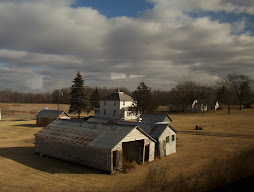


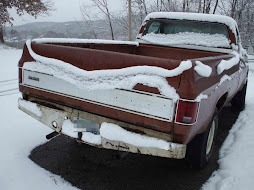

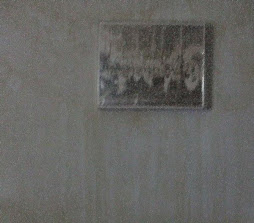





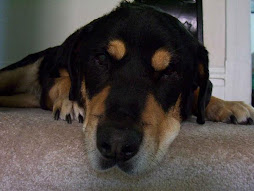
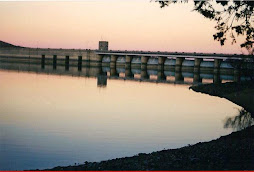






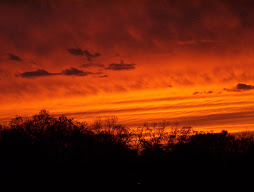
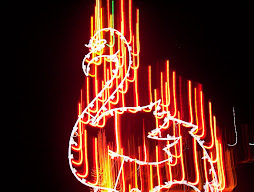




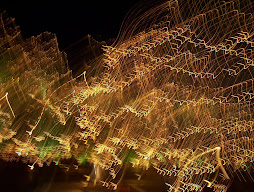


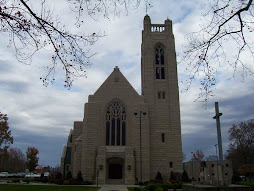










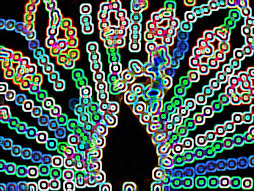









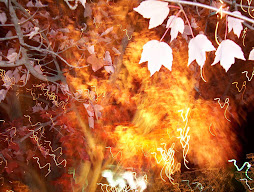

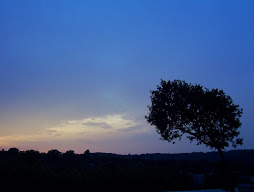











No comments:
Post a Comment